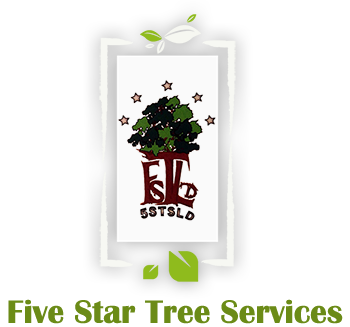Healthy trees are a beautiful and valuable part of any landscape, but just like lawns and flowers, they sometimes need a little extra help to thrive. Fertilization can provide essential nutrients that your trees may not be getting from the soil alone, especially in urban and suburban environments. So, how do you know when it’s time to give your trees a boost? Below are seven signs your trees could benefit from a proper fertilization plan.
1. Slow or Stunted Growth
One of the most noticeable signs that your tree may need fertilizing is slow growth. If a tree isn’t growing as tall or wide as expected, or if new branches and leaves appear weak or underdeveloped, it’s a red flag. Fertilizer can help replenish nutrients in the soil that support strong, healthy growth over time.
2. Pale or Yellowing Leaves
Leaves are a strong indicator of a tree’s overall health. If you notice that the leaves are lighter green than usual, turning yellow, or even showing signs of chlorosis (where the leaf veins remain green but the rest turns pale), it might be a sign of nutrient deficiency. This is commonly due to a lack of nitrogen, iron, or other essential nutrients in the soil.
3. Sparse Foliage or Leaf Drop
A healthy tree should have a full canopy of vibrant foliage. If your tree appears sparse, thin, or is prematurely dropping its leaves, it could be under stress due to poor nutrient availability. Fertilization can promote fuller foliage and improve leaf retention throughout the seasons.
4. Dead Branches or Dieback
Dieback occurs when the tips of branches die due to a lack of resources reaching the outermost parts of the tree. This often points to a nutrient imbalance or deficiency in the root zone. Fertilizing your tree can help restore essential nutrients and support overall vitality, reducing the likelihood of dead branches.
5. Discoloured Bark or Weak Structure
If your tree’s bark looks faded, flaky, or unusually brittle, it could be struggling to absorb enough nutrients. Trees with weak trunks or limbs may also indicate a lack of minerals like phosphorus or potassium, which play vital roles in strengthening cell walls and structural integrity.
6. Recent Transplant or Construction Disturbance
Trees that have recently been planted or are in areas that have undergone construction may be at risk for nutrient deficiencies. Disturbed or compacted soil can affect the tree’s ability to absorb nutrients and water. Fertilizing in these situations can encourage root growth and help the tree establish itself more quickly.
7. Poor Soil Conditions
Urban environments often have compacted or nutrient-depleted soil due to paving, pollution, and other environmental factors. Even if your tree appears healthy now, regular soil testing may reveal deficiencies that could lead to problems in the future. Applying the right fertilizer helps maintain long-term tree health and prevent decline.
The Importance of Professional Assessment
While these signs are helpful indicators, not all tree problems are solved by fertilization alone. Over-fertilizing or applying the wrong kind of fertilizer can do more harm than good. A professional tree care specialist can conduct a soil test, assess the overall health of your trees, and recommend a fertilization plan tailored to your specific needs.
At Five Star Tree Services, our certified arborists offer expert evaluations and custom fertilization programs that give your trees the nutrients they need to thrive year-round. Whether you’re maintaining a backyard maple or managing an entire commercial property, we’re here to help keep your greenery in peak condition.
Keep Your Trees Thriving with Expert Care
If you’ve noticed any of these signs, don’t wait until your tree’s health starts to decline. Contact Five Star Tree Services today to schedule a consultation. Let our experienced arborists provide the right fertilization plan to support strong, beautiful growth for years to come.
Call us at (416) 990-3355 to book your tree assessment.


